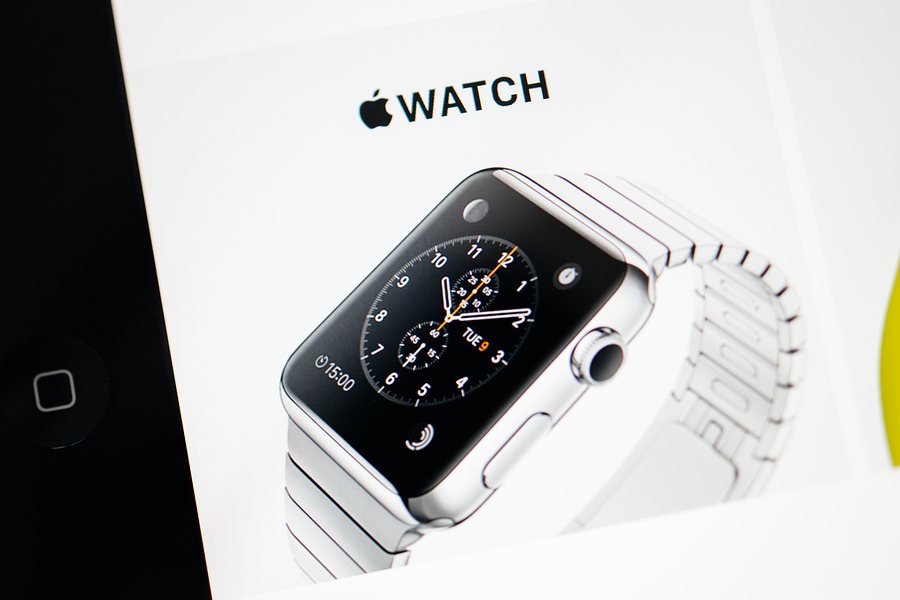Cyber attacks growing more common in Australia and other countries
Cyber attacks are becoming more frequent in Australia as mobile usage continues to grow throughout the country. With mobile devices becoming more common, so too is mobile commerce. According to a new report from ThreatMetrix, mobile devices now account for 31% of all transactions made in the country. This has made Australia a very attractive target for malicious groups that would like to take advantage of consumers and businesses that are involved in mobile commerce.
Mobile commerce has become an attractive target for malicious groups
The report from ThreatMetrix shows that Australia is in the top 10 countries around the world when it comes to cyber attacks and serious security threats. Targeted attacks are becoming much more prevalent in the country, as consumers are finding themselves increasingly exposed to cyber attacks when they participate in mobile commerce. The report notes that digital identities are now a form of global currency, as a person’s identity has a significant amount of financial data associated with it.
Growing number of transactions are proven to be fraudulent
 ThreatMetrix has monitored many mobile payments made in Australia and other countries. Approximately 20% of the transactions that the organization monitored were payment related, with 3.1% of these mobile payments being flagged as representing malicious attack traffic. The company’s report shows that an estimated 3.1% of account creation on mobile commerce platforms was fraudulent as well. The growing use of mobile applications is being linked to the rise in security threats and cyber attacks in the mobile commerce space as well as others.
ThreatMetrix has monitored many mobile payments made in Australia and other countries. Approximately 20% of the transactions that the organization monitored were payment related, with 3.1% of these mobile payments being flagged as representing malicious attack traffic. The company’s report shows that an estimated 3.1% of account creation on mobile commerce platforms was fraudulent as well. The growing use of mobile applications is being linked to the rise in security threats and cyber attacks in the mobile commerce space as well as others.
Security issues are a concern for consumers, but mobile commerce continues to grow in Australia and elsewhere
Security concerns have plagued the mobile commerce space for some time. These concerns have prevented many consumers from using their mobile devices to purchase products either online or in physical stores. Despite the security concerns, however, mobile commerce continues to grow and companies involved in this space have been investing in improved security and the use of new technology that can protect consumer financial information.

 Another 84 percent of the smartwatch’s owners said that they were satisfied with the length of time that the battery would last before it would need to be recharged. The primary drain on the battery in this
Another 84 percent of the smartwatch’s owners said that they were satisfied with the length of time that the battery would last before it would need to be recharged. The primary drain on the battery in this 